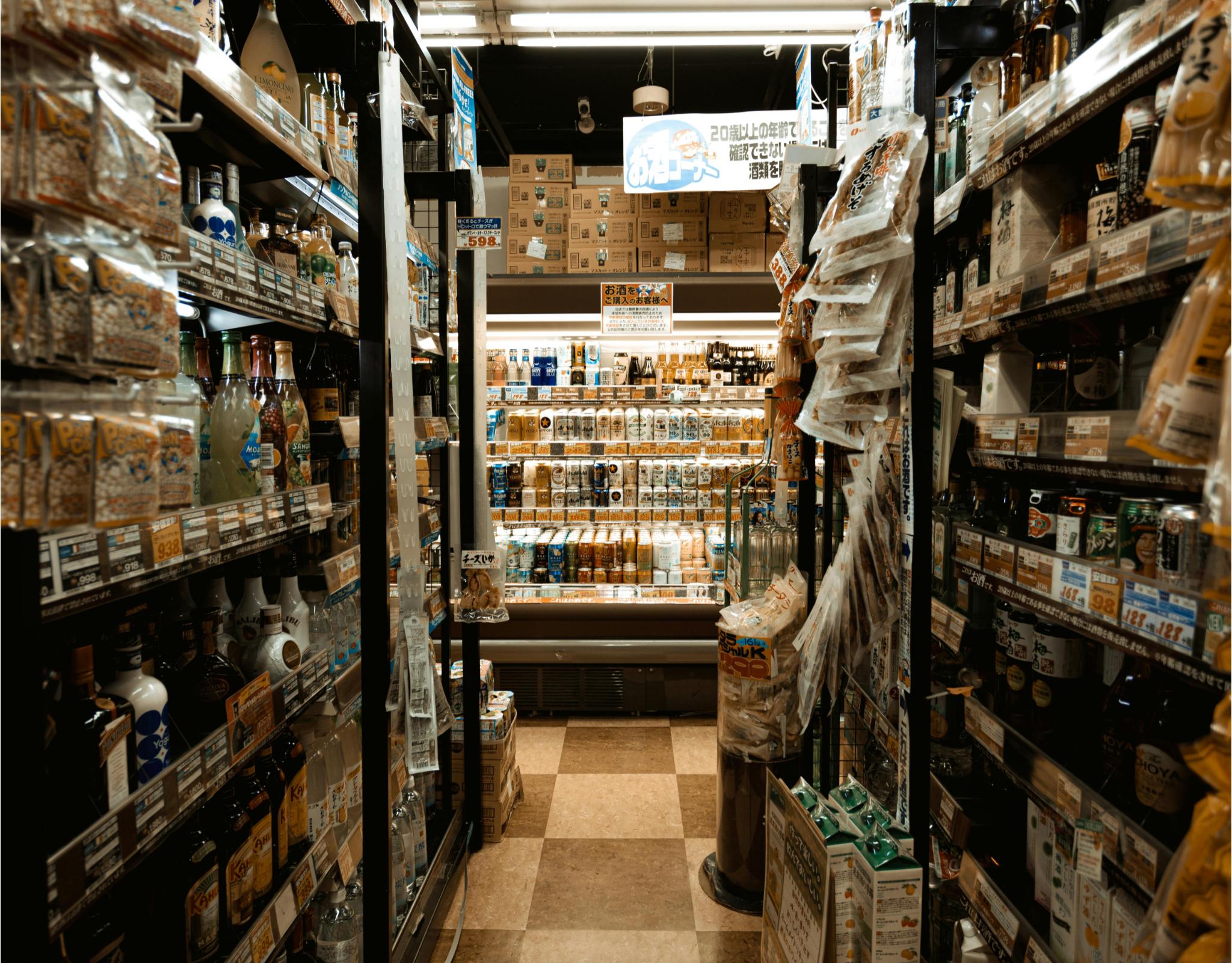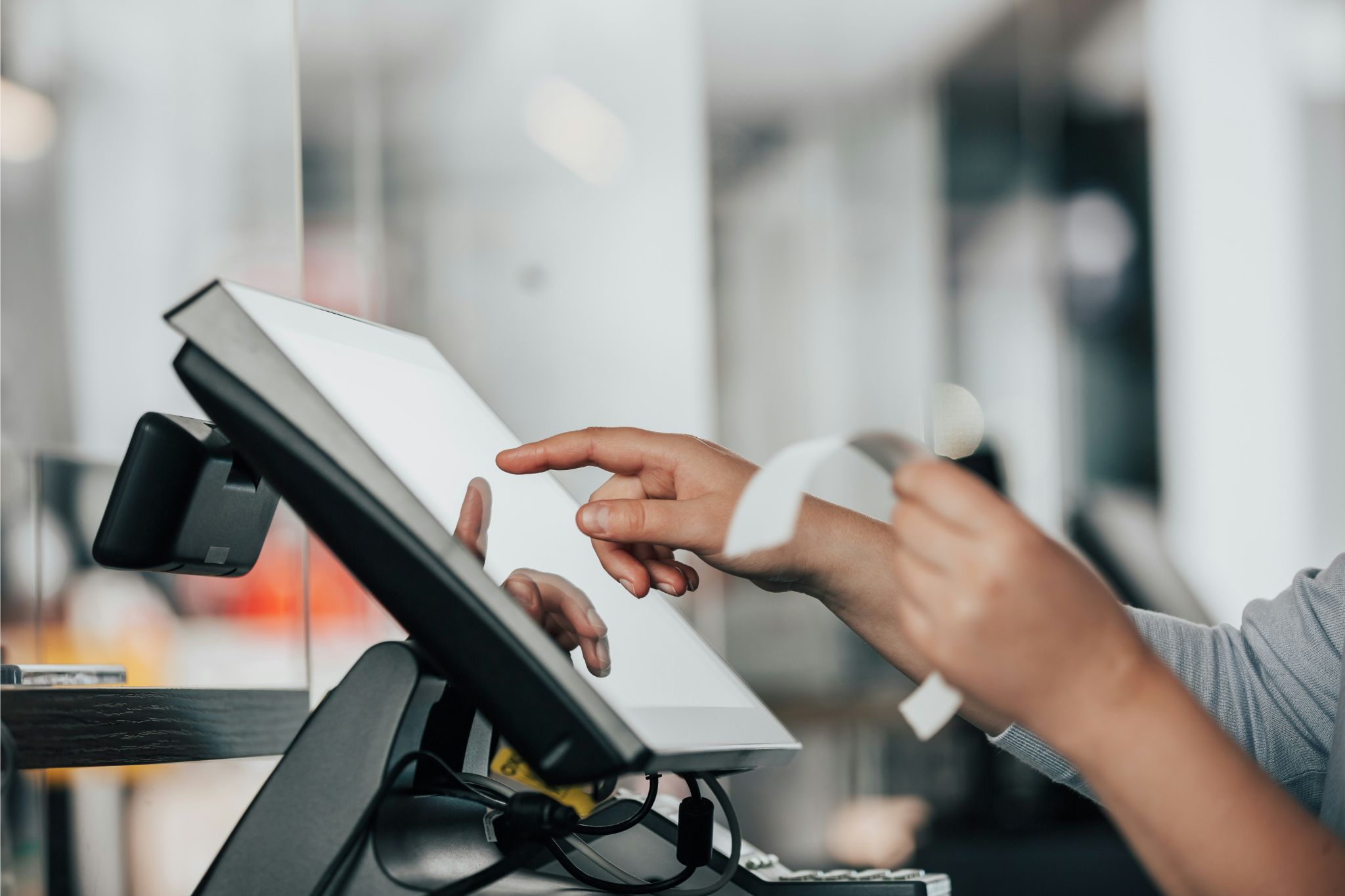With the stated goal of enhancing the “in-store experience” for customers, Walmart is keeping self-checkout equipment out of its stores.
The business announced that it would be replacing checkout lanes with employees in two of its locations, in Shrewsbury, Missouri, and Cleveland, Ohio. This move will ‘provide our associates the chance to provide more customised and efficient service.’
Since self-checkout kiosks are particularly prone to theft, several stores are actually doing away with them. Retailers allege that theft has been a major problem for their businesses recently, causing them to close down locations entirely.
“Retailers’ concerns about theft are the main reason for the rollback of self-checkouts,” GlobalData managing director Neil Saunders told DailyMail.com.
What looks to have been a years-long, fruitless self-checkout experiment may have reached a turning point with the world’s biggest retailer’s U-turn.
Walmart shifts from self-checkout to staffed lanes amid customer dissatisfaction and theft concerns
At first, it was suggested that encouraging customers to scan and pay for their own purchases would shorten wait times and increase productivity. However, this strategy was mostly implemented by businesses looking to save on labour expenses.

However, it backfired. Because of intentional theft as well as unintentional errors, self-checkout theft rates are comparatively high. Retailers may save money and address many of these problems by requiring more customers to use manned checkouts, according to Saunders.
Moreover, they were despised by a lot of customers. According to a recent study, customers are becoming less devoted to certain establishments as a result of self-checkout kiosks.
Customers were dissatisfied with the apparent ease of checkout and the feeling that they were left to handle everything themselves, according to Drexel University researchers in Pennsylvania.
Walmart did not ‘currently’ have any announcements, but it would not say if it planned to keep eliminating self-checkout devices from its more than 4,500 shops.
A Walmart representative informed DailyMail.com, “We’ve decided to remove self-checkout lanes and replace them with staffed lanes at select locations.”
They said, “A number of factors, including feedback from associates and customers, shopping patterns, and business needs in the area, were taken into consideration when making the decision.”
Self-checkout lanes are particularly susceptible to mistakes made by customers when weighing or scanning products.

Certain products of food, such as meat, fruit, and freshly baked goods, do not have barcodes and must be manually input into the system. Consumers may inadvertently or purposely enter a cheaper product code, costing retailers money.
It follows the same course of action taken by three Albuquerque, New Mexico, stores the previous year, as previously reported by the Albuquerque Journal.
In addition to Dollar General completely eliminating the lanes, numerous other businesses are implementing comparable actions.
Target was reportedly only allowing shoppers to check out with 10 items when utilising self-checkout devices.
Retailer Schnucks, situated in Missouri, also declared that it would cap machine inventory at ten items.
Retailers adjust checkout policies and technology to combat theft and improve efficiency
Target was reportedly adding sensors to identify theft, according to a recent report. Shoppers will be alerted with auditory and visual indications by its new technology, TruScan, which employs cameras and sensors to identify products that they forget to scan.
However, the covert technology, called TruScan, is not the same as just installing CCTV cameras trained on the area that security personnel monitor. Rather, it is said to use artificial intelligence-powered computers to track buyers while they scan products.
Target began deploying the cameras a few months ago, and by the end of the year, every US store will have them installed.
Dollar General declared last month that it was eliminating self-checkout kiosks from 300 of its locations that had the worst rates of theft and missed canned merchandise.
It stated that it is restricting self-checkout purchases to five items or less in another 4,500 stores and changing some of its self-checkout registers to standard cashier checkouts in 9,000 additional locations.
According to the corporation, the modifications would “shrink.” This is the lingo used in the retail sector to describe goods lost to theft, damaged goods, and mishandled paperwork.
Todd Vasos, CEO of Dollar General, told analysts, “We believe these actions have the potential to have a material and positive impact on shrinkage.”
As reported by The Dallas Morning News, Kroger also installed conventional checkout lanes at a Texas location where it had previously solely had self-checkout kiosks.
Retailers ramp up security measures to combat theft and improve monitoring in self-checkout lanes
In the meantime, Costco began adding more employees to self-checkout lanes to monitor customers, make sure all things were being scanned accurately, and make sure membership cards weren’t being shared.
Retailers have implemented additional precautions to reduce theft, such as securing merchandise behind plastic screens.
Traditionally, pricey gadgets and toiletries have been the products kept behind lock and key, but this year, it was reported that Walmart and Target have started to lock away socks and underwear.
Customers at the California Bay Area businesses expressed shock at the decision made by two of the largest retailers in the country.
Olga Leon, a customer, told NBC Bay Area, “It gets to the point where they have to lock up the socks or whatever it is that they have under the key.”
One consumer who wanted to purchase boxer shorts reportedly had to wait ten minutes for a staff member to arrive and open the case that held them, according to the station.
It’s well known that chains like CVS, Walgreens, and Duane Reade store more expensive toiletries in plastic cages.
A National Retail Federation poll indicated that seven out of 10 retailers believe organised stealing has increased in frequency in recent years.
In summary, Walmart’s return to ‘traditional’ lanes by removing self-checkouts reflects strategic decisions aimed at operational efficiency and enhancing the shopping experience. This shift underscores the dynamic nature of retail strategy, highlighting Walmart’s adaptability to evolving consumer behaviours and market conditions.
(Tashia Bernardus)
